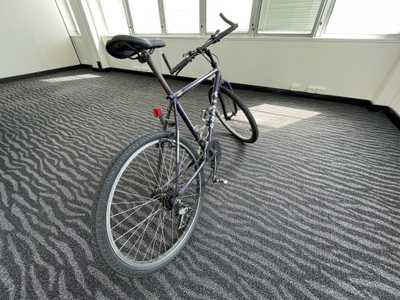To briefly summarize:
- On Friday, then-CEO Sam Altman was fired from OpenAI by the board that governs the non-profit; then-President Greg Brockman was removed from the board and subsequently resigned.
- Over the weekend rumors surged that Altman was negotiating his return, only for OpenAI to hire former Twitch CEO Emmett Shear as CEO.
- Finally, late Sunday night, Satya Nadella announced via tweet that Altman and Brockman, “together with colleagues”, would be joining Microsoft.
This is, quite obviously, a phenomenal outcome for Microsoft. The company already has a perpetual license to all OpenAI IP (short of artificial general intelligence), including source code and model weights; the question was whether it would have the talent to exploit that IP if OpenAI suffered the sort of talent drain that was threatened upon Altman and Brockman’s removal. Indeed they will, as a good portion of that talent seems likely to flow to Microsoft; you can make the case that Microsoft just acquired OpenAI for $0 and zero risk of an antitrust lawsuit.
adriau
OpenAI's Misalignment and Microsoft’s Gain
stratechery.comKendall Ross
idknitthatco.com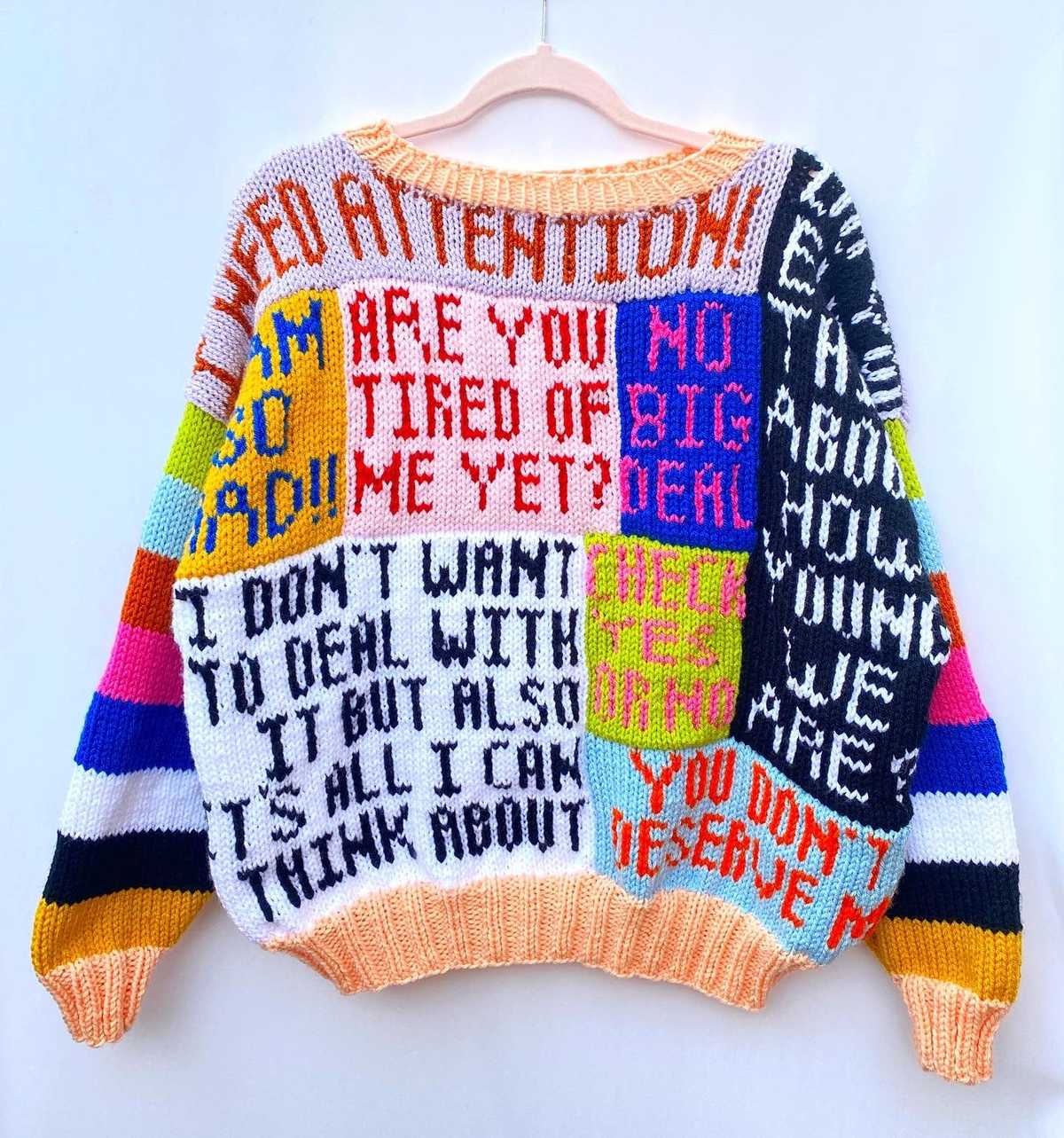


mollysoda
mollysoda.hotglue.me
I miss when the web was a demented art goldmine.
Olga Prinku
prinku.com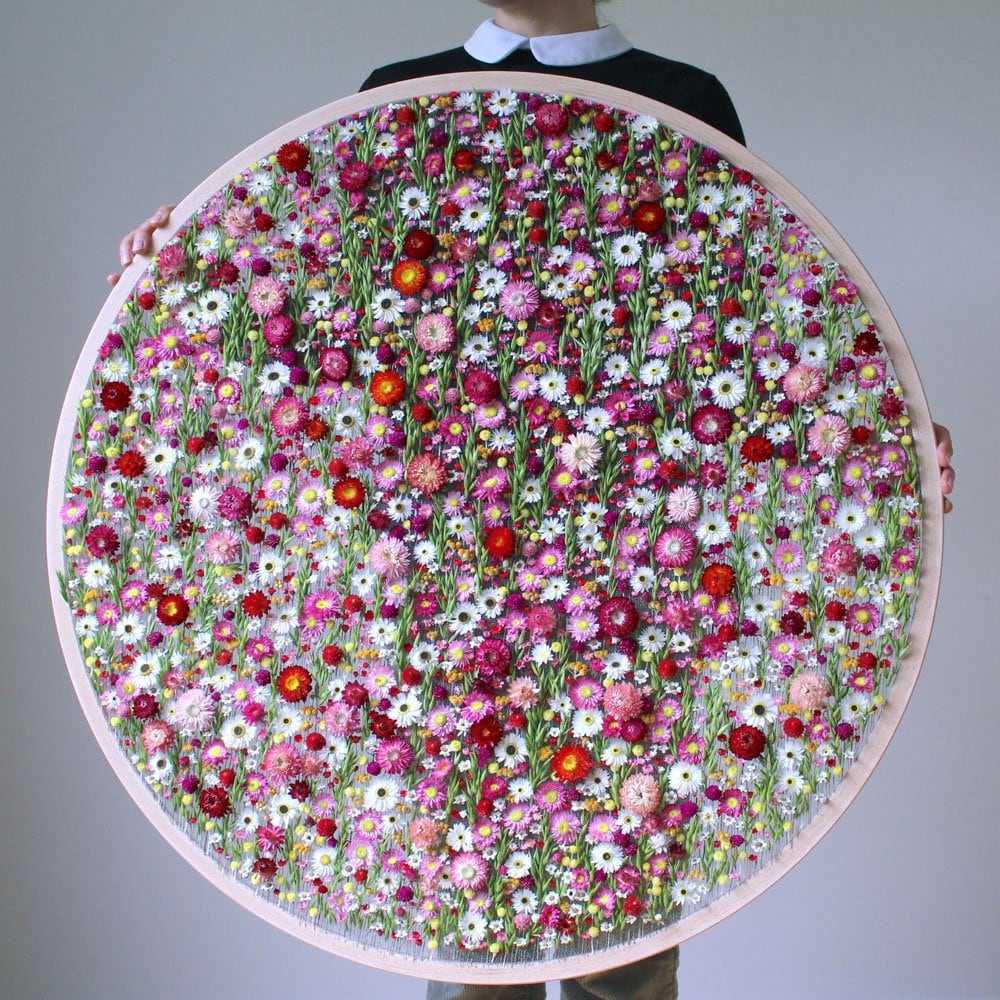


Awesome Self-hosted
github.comHuge list of self-hosted software.
Squid — Houseplants
youtube.comVictoria Rose Richards
victoriaroserichards.co.uk


Rantoge
indiegogo.com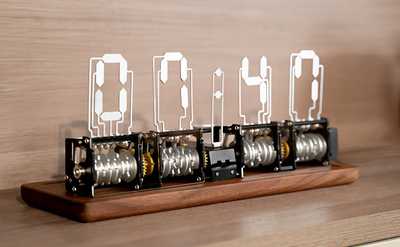
No One Will Find My Bitcoin In This Copy of Perfect Dark for the N64
404media.coA VHS copy of the Wizard of Oz and a QR code is also a fun way to store your crypto wallet key.
Stiff Richards — Bad Disease
youtube.comBest Costumes from Japan's “Mundane Halloween”
core77.com
Person who makes it easy for restaurant workers to clean up.
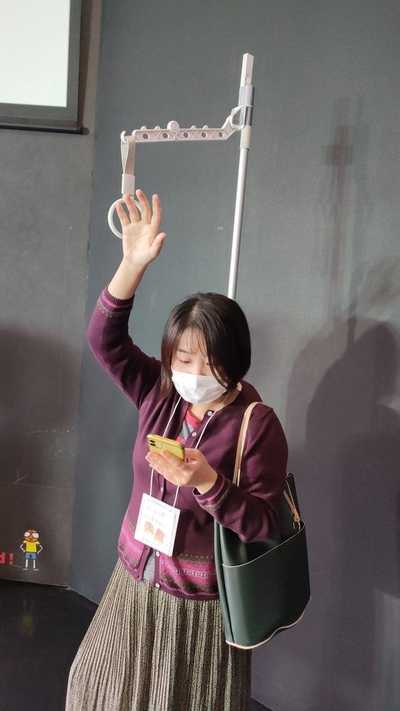
Person who tries to reach for subway handle without taking eyes off their phone and misses.

Person who wants to photograph their pets, but cannot reach their phone without disturbing the pets and thus ruining the shot.
Japan’s hilarious Jimi Halloween (jimi means “mundane”) event is where participants dress up in “costumes” that illustrate boring everyday situations.
William Darrell
instagram.comStop, Before You Close This Tab (or Any Others) …
nytimes.comThink of your browser like an ongoing autobiography. Why would you ever delete it?
October 2023


